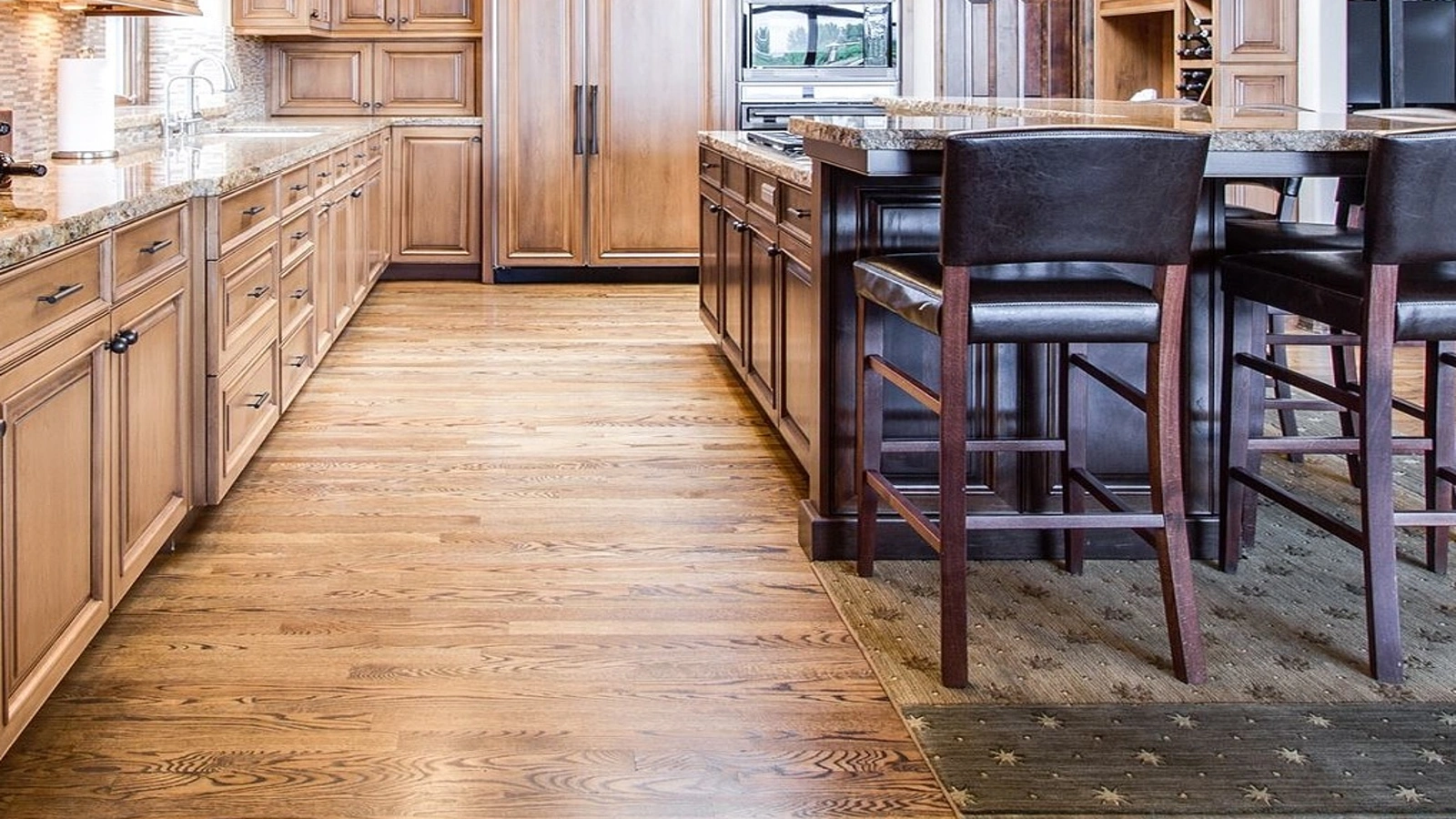
Stop Floor From Squeaking — Quick Summary
Squeaky floors happen when wood rubs against nails or joists as it moves. You can silence the noise from above or below using screws, shims, or specialty repair kits. The goal is to tighten loose connections between the flooring and subfloor, restoring a solid, quiet surface underfoot.
- Identify squeak location by walking slowly and listening carefully.
- Use shims or construction adhesive from below to fill subfloor gaps.
- Drive trim-head or breakaway screws through flooring to anchor boards.
- Use Squeeeeek-No-More kit for under-carpet squeaks.
- Lubricate minor squeaks with powdered graphite or wood glue injection.
Installation Snapshot (Project Planner)
- Skill: Beginner to Intermediate
- Time: 1–3 hours depending on access
- Cost: $15–$60 in screws, shims, and adhesive
- Savings vs Pro: ~$150–$300
- Pro Tip: Mark squeaks with painter’s tape before repair to avoid re-hunting them.
Tools & Materials for Fixing Wood Floor Squeaks
Tools
- Drill/driver with countersink bit
- Stud finder or joist locator
- Hammer and pry bar
- Utility knife
- Measuring tape
Materials
- Trim-head or breakaway screws
- Wood shims
- Construction adhesive
- Powdered graphite or wood glue
- Squeeeeek-No-More kit (for carpeted floors)
How Hard Is It to Fix Squeaky Floors?
Fixing squeaky floors is straightforward for most homeowners, especially when the joists are accessible from below. Minor squeaks above finished hardwood take more finesse to avoid damaging the surface. Carpeted areas are easiest using specialized screw kits that hide below the fibers. The hardest part is locating the exact source of the squeak—it often lies a few inches from where you hear it. If the subfloor is water-damaged or uneven, consult a pro before proceeding.
Floorboard Repair — Step-by-Step Guide
Step 1 — Find the Squeak
Walk slowly across the floor while a partner listens below or marks noisy spots with painter’s tape. The squeak usually comes from a loose board or subfloor movement along a joist. Pinpointing it saves wasted time and avoids over-fastening quiet areas.

Step 2 — Secure From Below (Best Option)
If you have basement or crawl-space access, insert wood shims or apply construction adhesive between subfloor and joist. Add screws angled through the joist into the subfloor to tighten the bond. Don’t overdrive—stripping wood weakens the grip.

Step 3 — Tighten From Above
For hardwood or laminate, drill pilot holes and drive trim-head screws into joists to lock boards in place. For carpet, use a Squeeeeek-No-More screw kit to drive through the carpet—its top snaps off below the surface. Work slowly to avoid damaging finishes.

Step 4 — Lubricate or Glue Small Joints
When a squeak comes from tight seams, apply powdered graphite or inject wood glue into the joint. Wipe away excess and let it cure overnight. This reduces friction between boards where no structural fastening is possible.

Pro Tips for Quiet Wood Floors
- Work in socks to better feel and hear movement while testing.
- Use shorter screws to avoid piercing finished flooring.
- If using adhesive, let it fully cure before walking on the area.
- Mark joist direction before drilling—most run perpendicular to boards.
- A sprinkle of baby powder can temporarily quiet friction squeaks.
- Check for plumbing or HVAC lines before drilling from below.
- Recheck squeak spots a day later to confirm the fix held.
FAQs: Squeaky Floorboard Repair
Why do floors squeak? Floors squeak when wood rubs against nails, subfloor gaps, or loose joists.
How can I fix a squeak under carpet? Use a Squeeeeek-No-More kit to screw through the carpet into the joist without damage.
Is it better to fix squeaks from above or below? Fixing from below (if accessible) is more discreet and preserves floor finish.
Can I fix squeaky hardwood without lifting boards? Yes, powdered graphite or wood glue injection can quiet minor movement at joints.
Do floor squeaks mean structural problems? Usually not, but check for moisture or loose joists if squeaks are widespread.
What if I have no basement or crawl space? Floor repair from above with trim-head screws or specialty kits works well.
Can rugs or padding reduce floor squeaks? They can muffle sound but won’t eliminate the source of wood movement.
